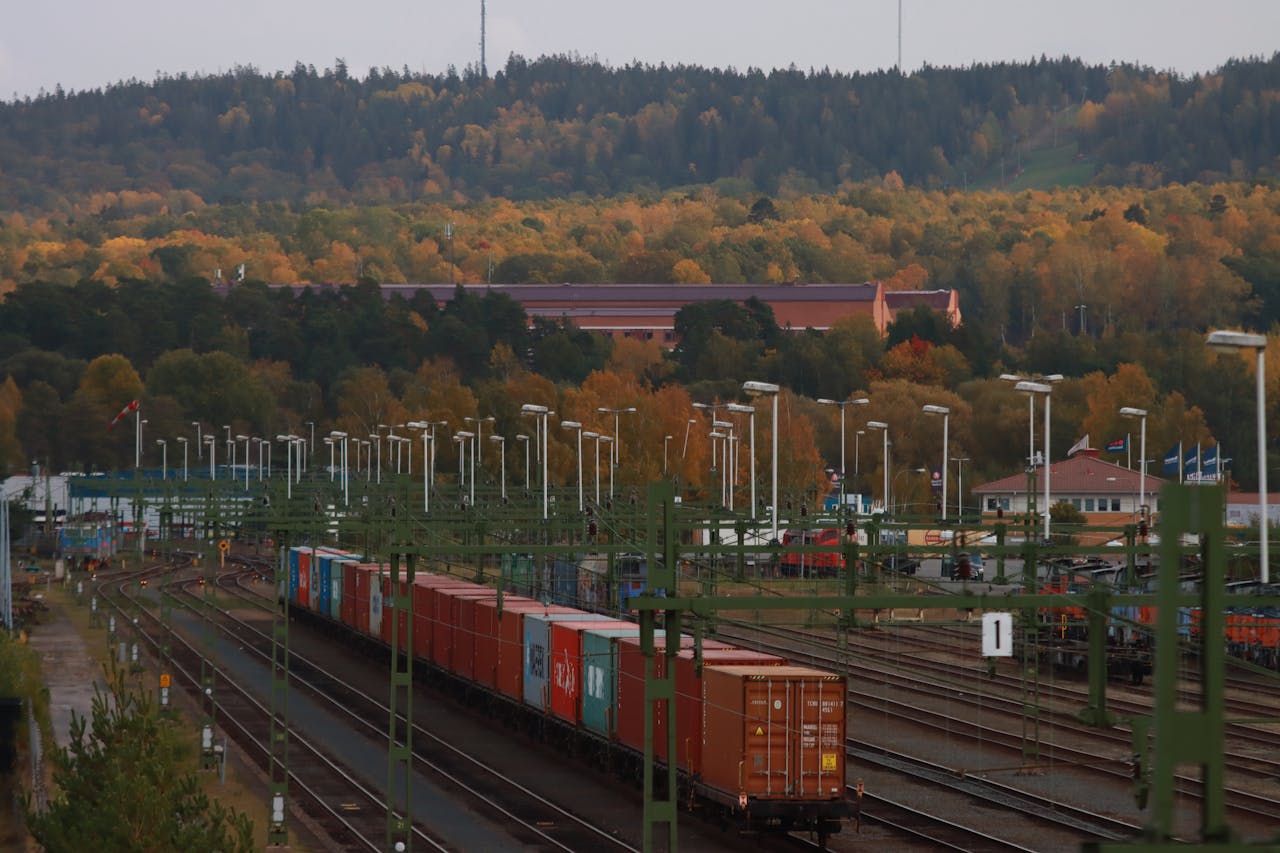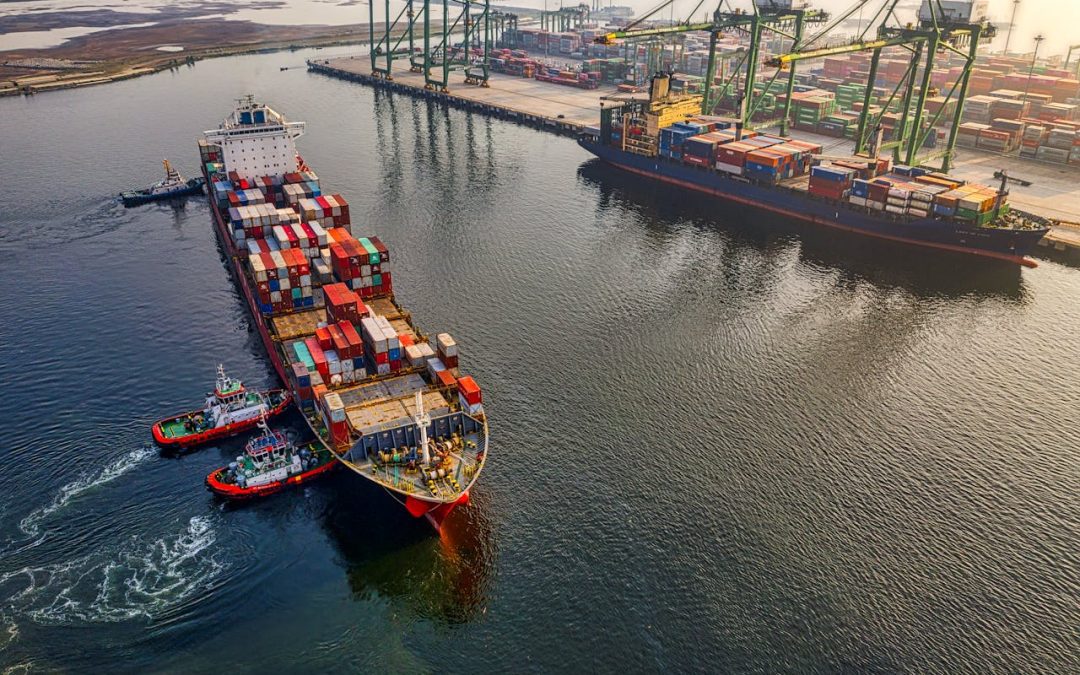Sending goods is a complicated business, and choosing the right method is key to making it a stress-free process.
As freight forwarders, it’s our responsibility to ensure your cargo ships with the optimum transport, but you might be curious about how we make the decision.
If you’re asking yourself how we choose the right freight for you, this blog is worth a read.
An Overview Of Freight Methods
Before we dive into how we choose your freight mode, let’s refresh our memories of each method.
Air Freight
Transporting goods by aircraft is super speedy, reliable and highly secure thanks to tight airport security.
The drawbacks of air freight include cost, with this method being the priceiest of all, and a high carbon footprint. Air freight can also be affected by adverse weather and isn’t suitable for all types of cargo.
Click here for more about air freight.
Road Freight
Moving goods via road often offers more competitive pricing than other freight modes. Road freight is agile and flexible and can provide door-to-door service. Anything can be shipped by truck, from perishables to hazardous goods.
The limitations of road freight include traffic restrictions, where RTAs and road closures can be problematic and cause delays, and its inefficiency over long distances. There’s more to read about road freight in this blog.
Rail Freight
Rail freight is a superb green option for getting your goods from A to B. Fast, secure and reliable, the UK’s rail network is well-connected, and freight trains can hold a huge capacity. Rail freight can be extremely cost-effective, especially over longer distances.
Some places aren’t as accessible by train, and that can be a disadvantage to rail freight. For shorter journeys, rail freight doesn’t tend to be cost-effective.
Read our blog on rail freight here.

Ocean Freight
Sea freight, or ocean freight, is the most cost-effective means of transporting goods. You can ship all sorts of items, including heavy and bulky goods, and this method provides a variety of shipping options to suit all needs.
The drawbacks of sea freight include the length of travel time, risk of delay and the inaccessibility of some areas of the world.
Multimodal
Multimodal transport makes use of multiple freight modes to ship goods to their destination. Standardised shipping containers can be quickly and easily moved from one vehicle, train, plane or ship to another to optimise the journey.
Multimodal shipping is a very popular way of moving consignments.
Assessing Your Cargo
The nature of your cargo plays a large role in determining which freight mode is right for you.
Size
How small or large your shipment is will impact your freight options. Very large or awkwardly shaped cargo will not be suited to air freight, for example, and might work best shipped over the ocean.
Weight
How much do your goods weigh? This measurement is crucial in working out how best to move your goods because some freight modes are limited in capabilities and capacities.
Type
Shipping perishables? Sea freight simply won’t work for you due to long transit times. The type of items you’re shipping often determines the freight modes available to you.
Value
If the goods you’re shipping are highly valuable, you’ll want to look at modes of transport that are super safe and secure, like air freight or rail freight.
Origin/Destination
Where are your goods travelling from and to? Which method of transporting your goods can access each point? Some areas don’t have good rail links, don’t have an airport, or might be extremely rural with poor road networks.
Your Needs
When a freight forwarder like Millennium is working out which mode of freight will work best for you, they will also take into account your personal needs.
Timeframes
Need your shipment at its destination ASAP? We’ll consider express options like same-day or 48-hour road freight delivery. Or if you’re happy for your goods to travel over a few weeks, sea freight might suit your needs (and save you some pennies).
Distance
Some freight modes work out cheaper over longer distances, so we must factor in how long the journey is in total to work out which method will fit the bill.
Budget
A lower budget limits your options. Millennium will work within your budget to get your goods where they need to be using the best route and carrier available.
Special Considerations
If your goods need to be kept in temperature-controlled conditions, like perishables, chemicals or even flowers, we will only source shipping options that meet those needs.
The same goes for hazardous materials. All staff involved in handling and packing dangerous goods must be trained, so we’ll look at this element, too.
Pulling It Together
Based on your needs and the details of your cargo, we then match you up with the best shipping options.
Sometimes, there will be several options to choose from. For example, if you’re shipping a stock of wedding dresses from a Chinese manufacturer, ocean freight is going to be the cheapest option by a long way. But, if you need your hands on the consignment sooner rather than later, rail freight would be a better bet.
In this instance, we would look at your timescales and budget requirements to make sure we provide the most suitable solution.
Right For You
At Millennium, we take our responsibility as freight forwarders seriously.
Getting the right freight for you is our number one priority. It’s not just about the travel either – we take care of insurance, customs, paperwork, tracking, warehousing… All so you don’t have to. It’s a big job, and we strive to keep our customers happy and stress-free.
Which Freight Mode Will You Choose?
Booking the right freight is essential to ensuring your cargo gets when it needs to be. At the right time AND in one piece.
Looking for a trusted forwarder with a delighted client base and friendly phone manner? You’re in the right place! Check out our website to get in touch.

